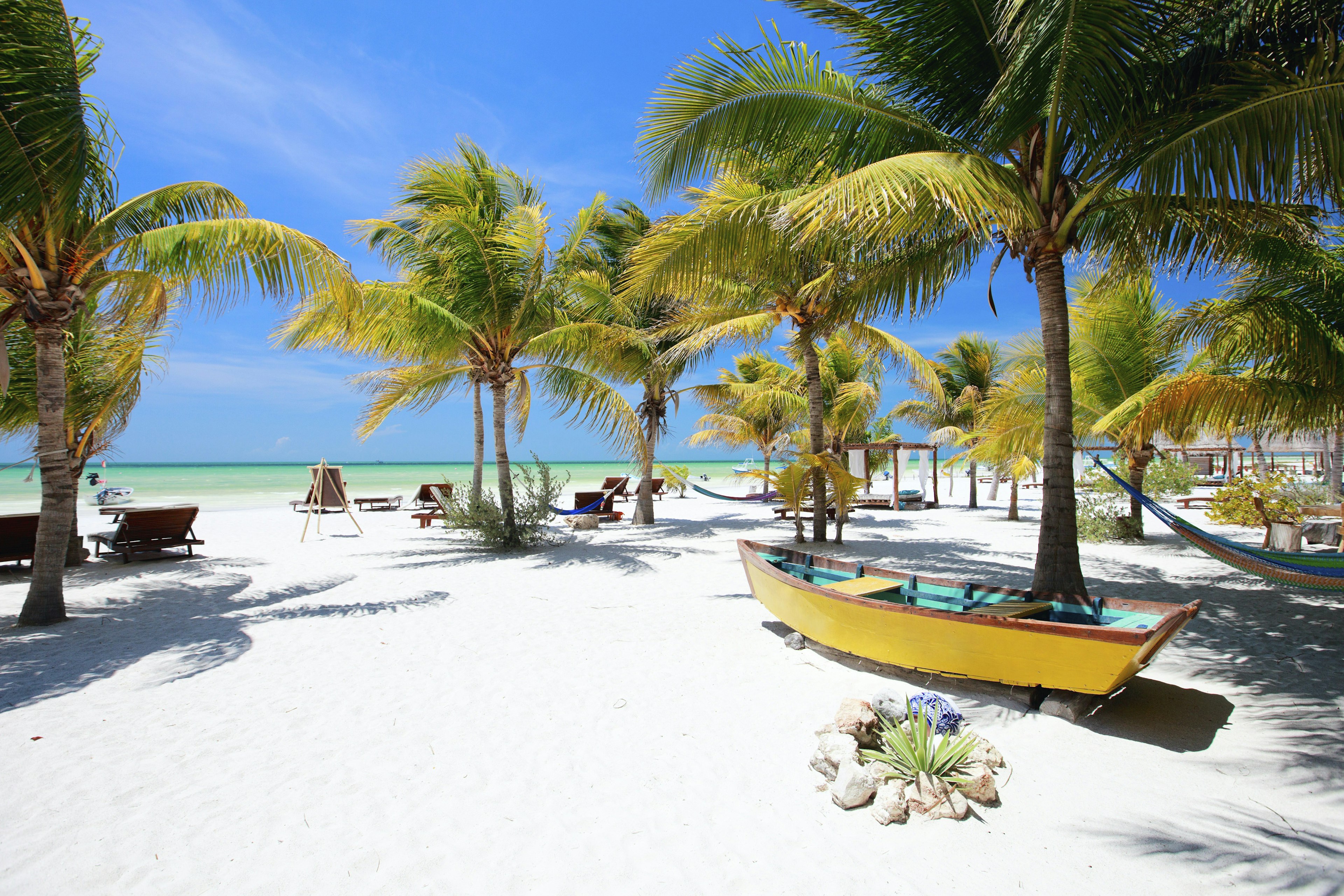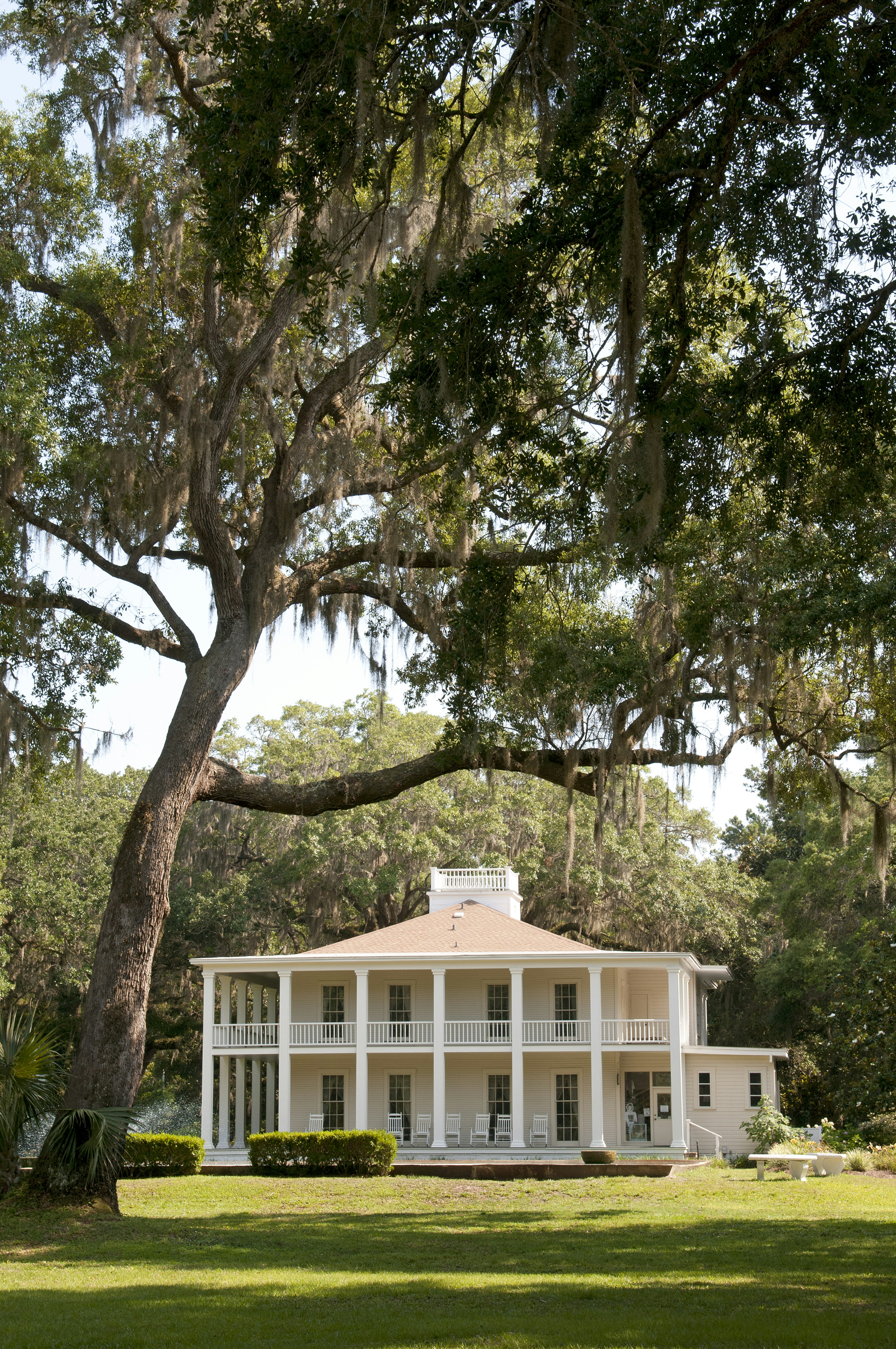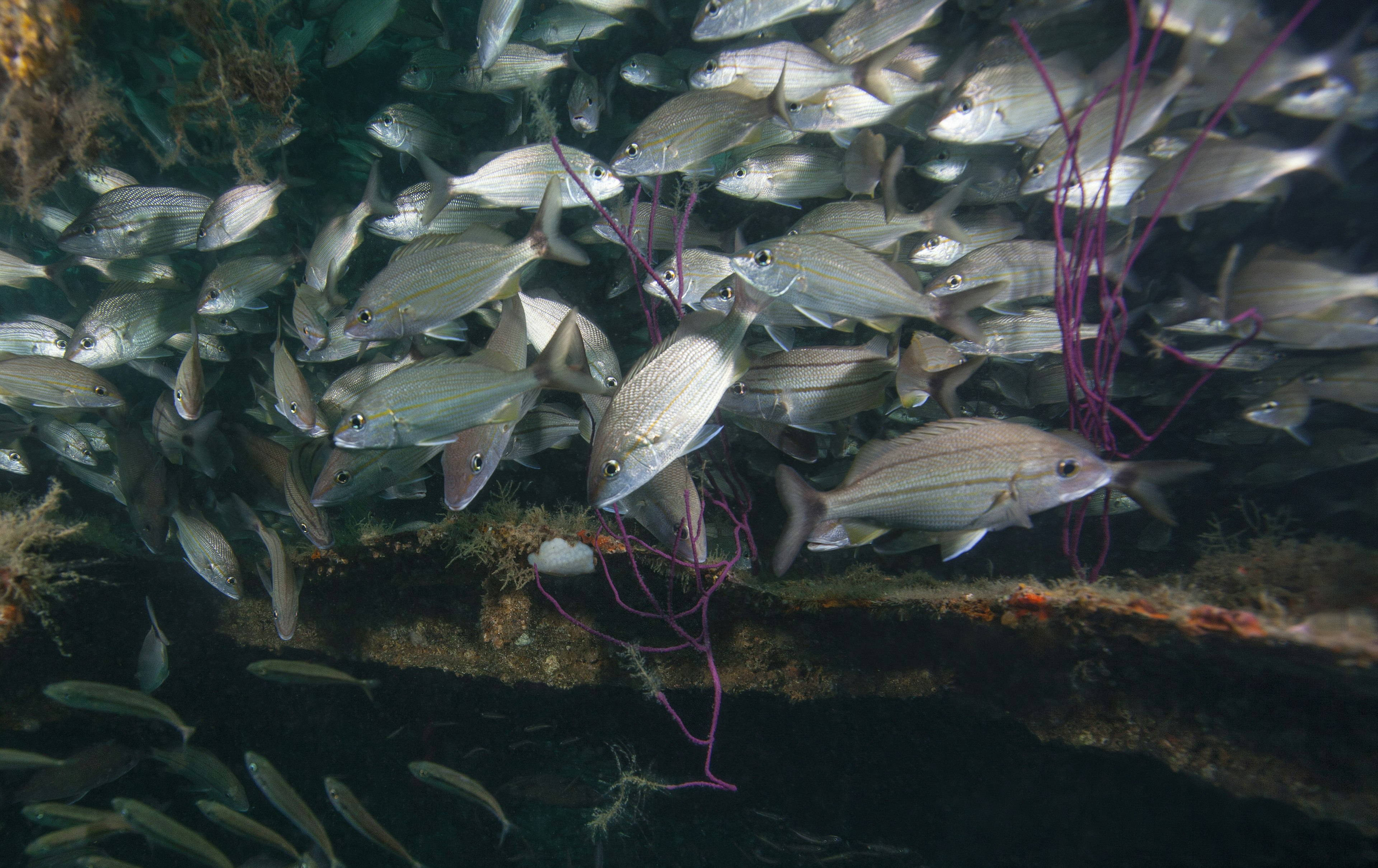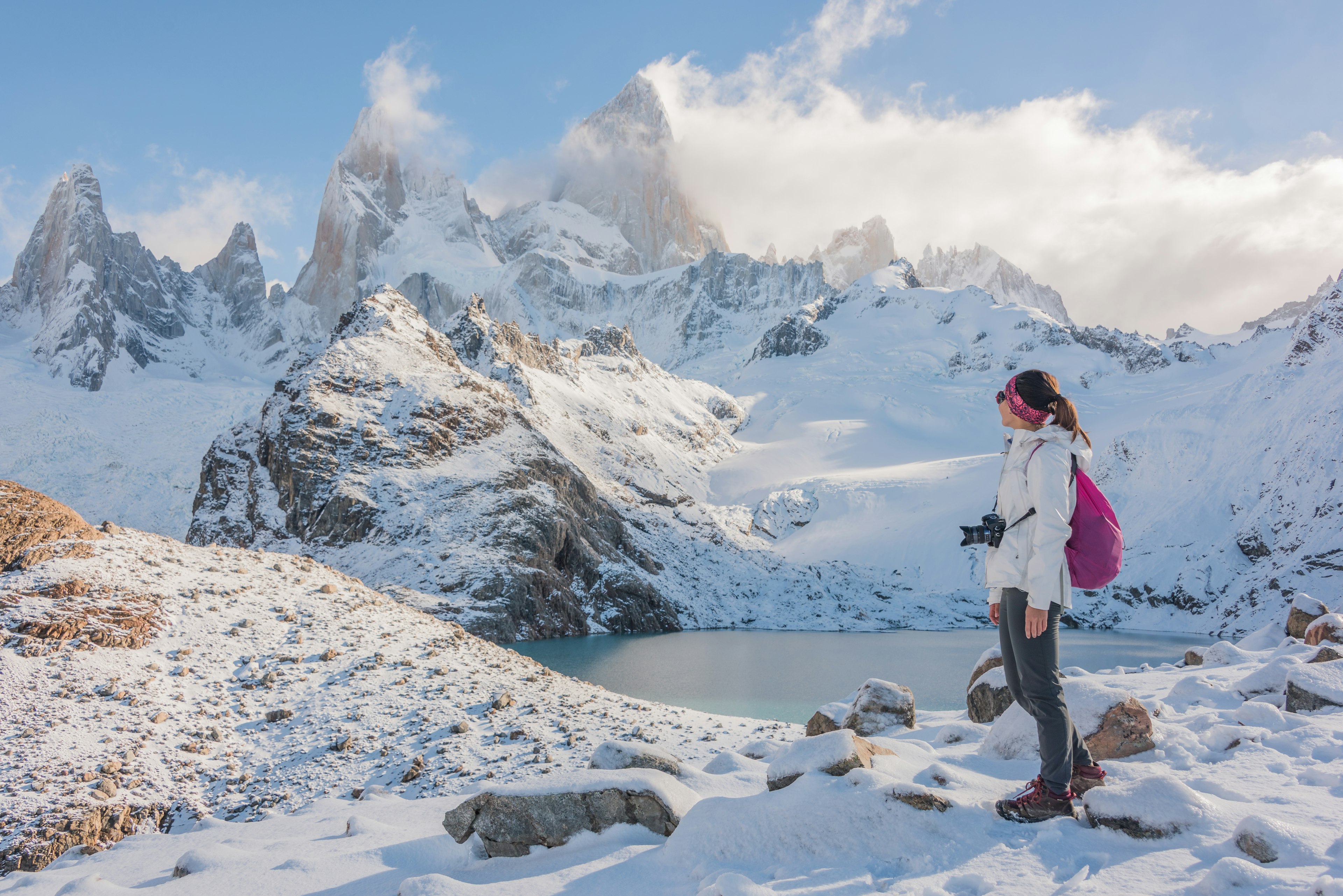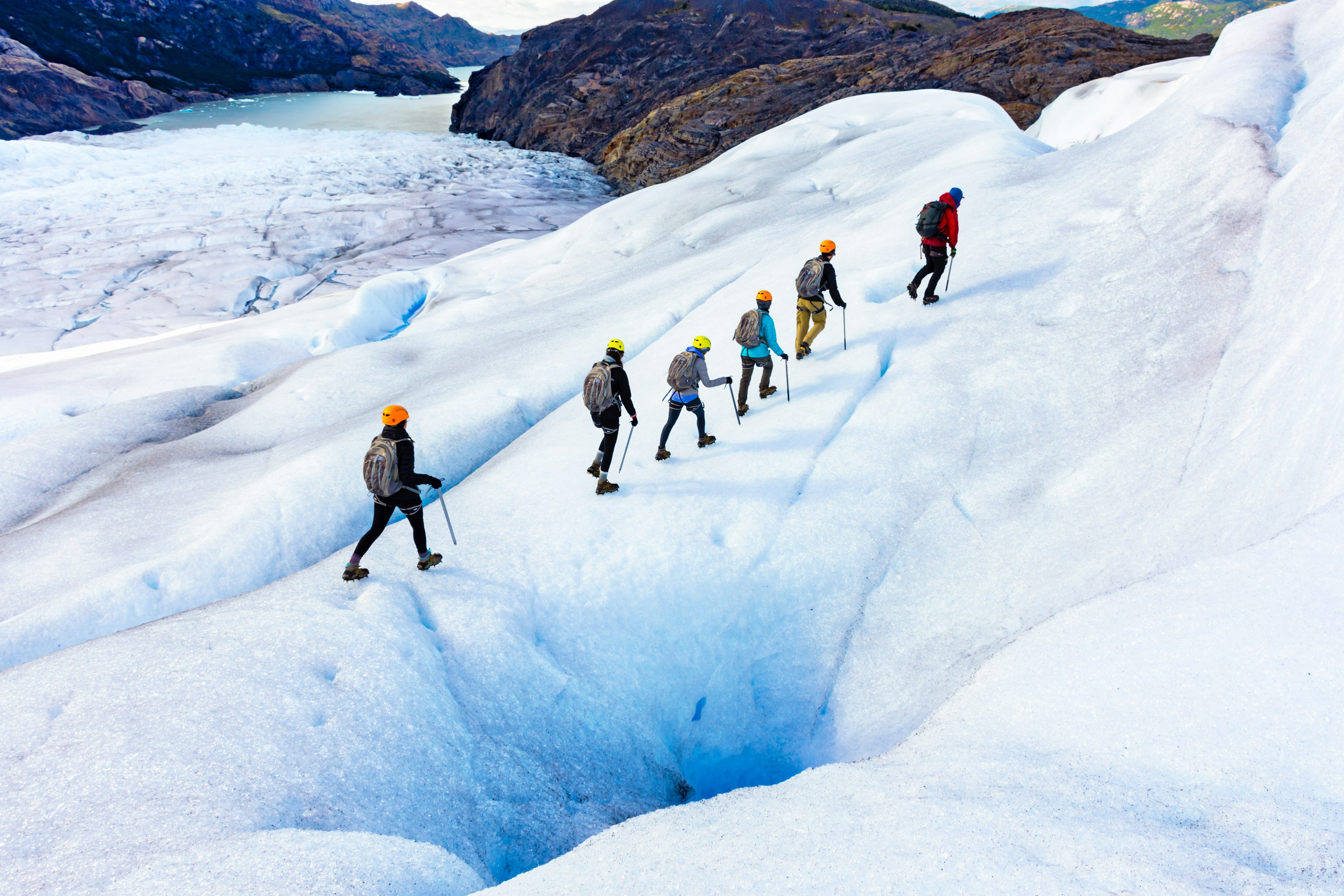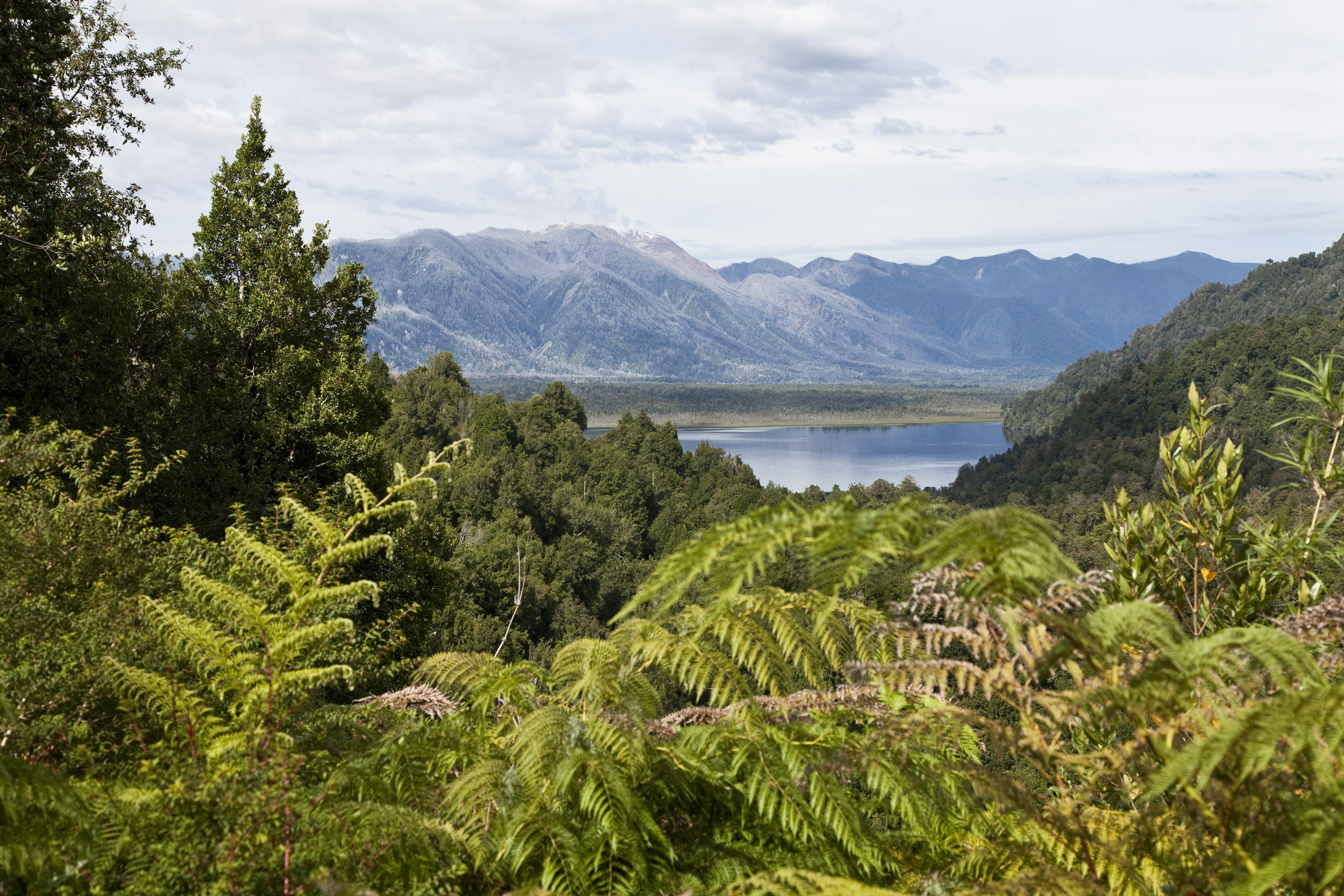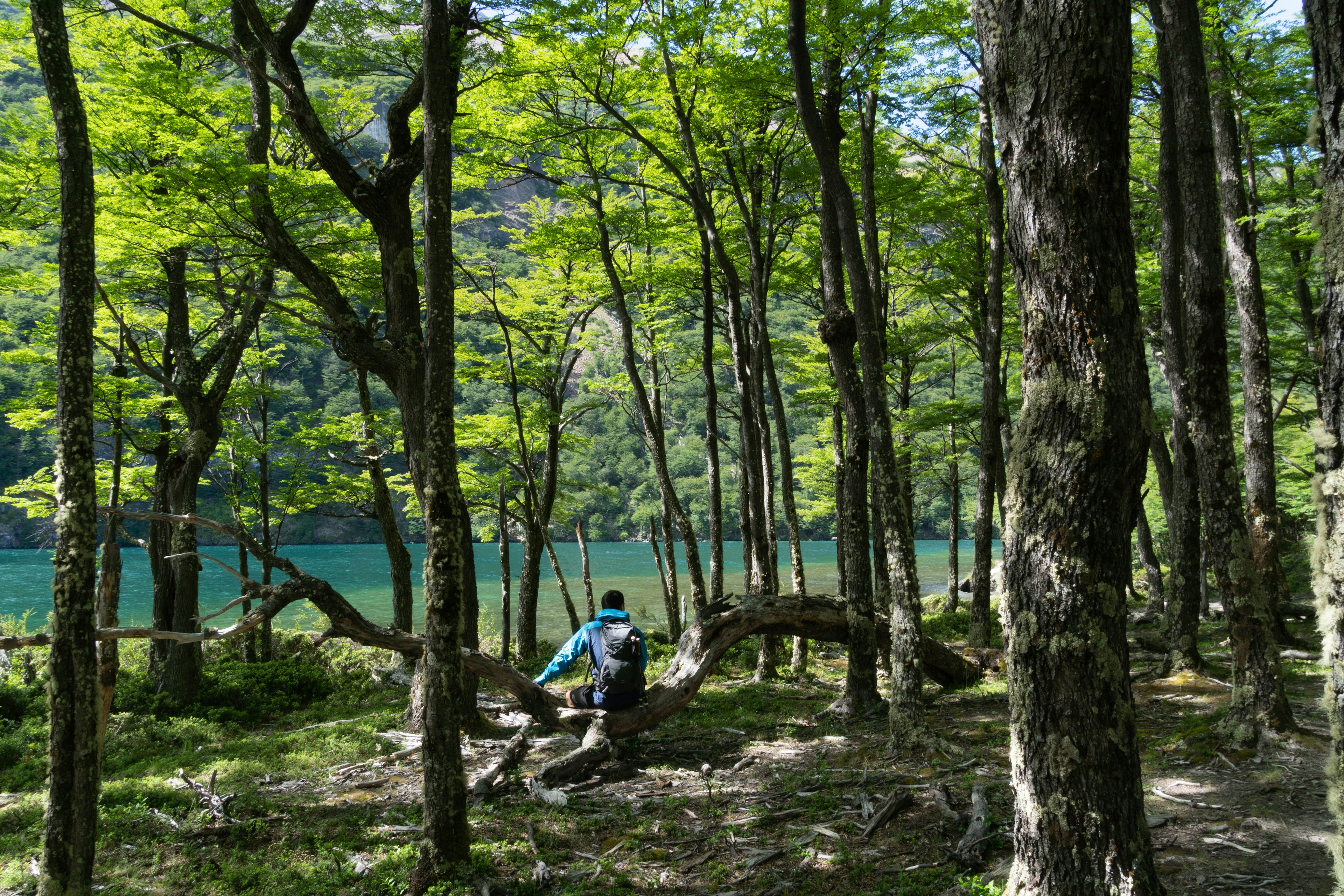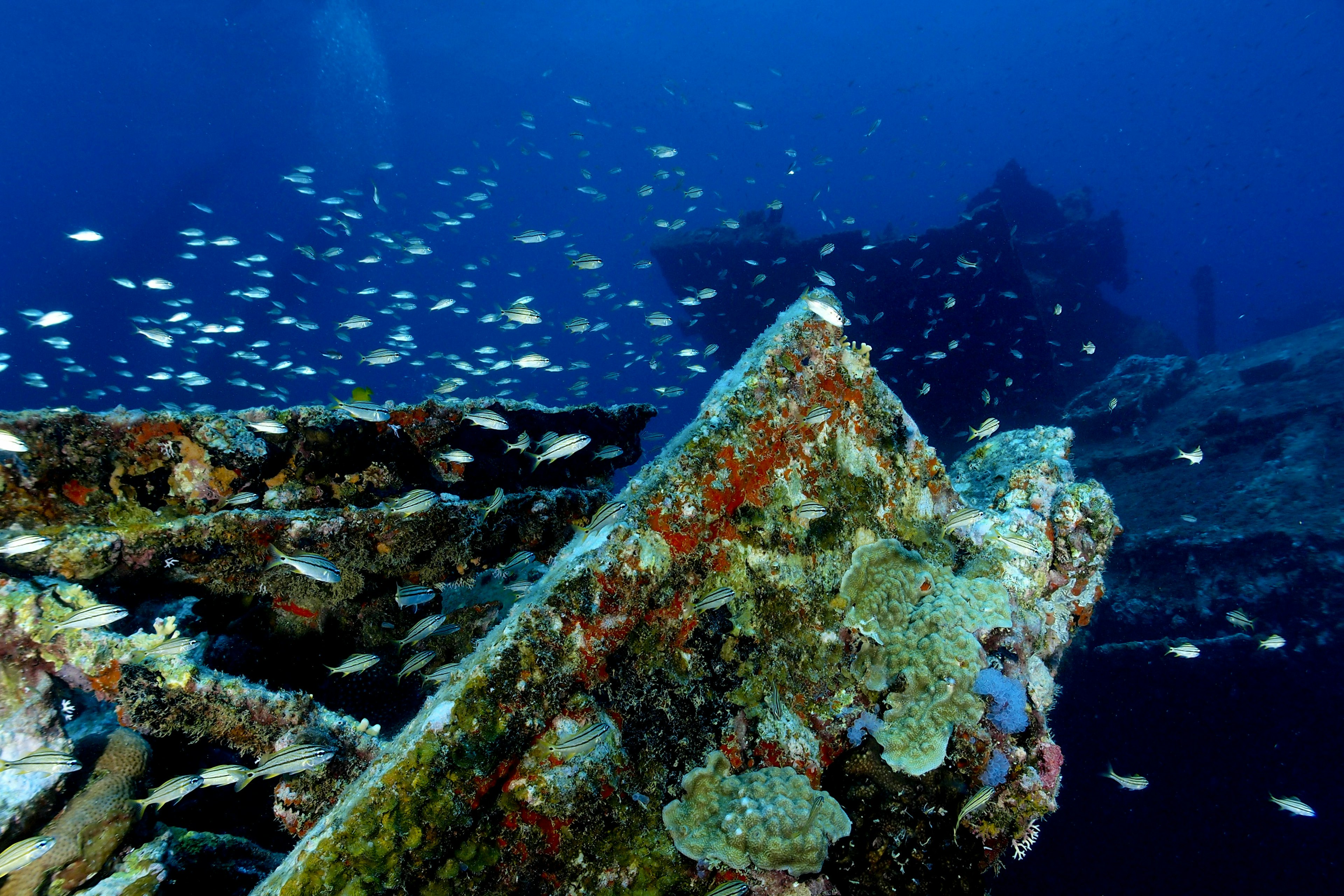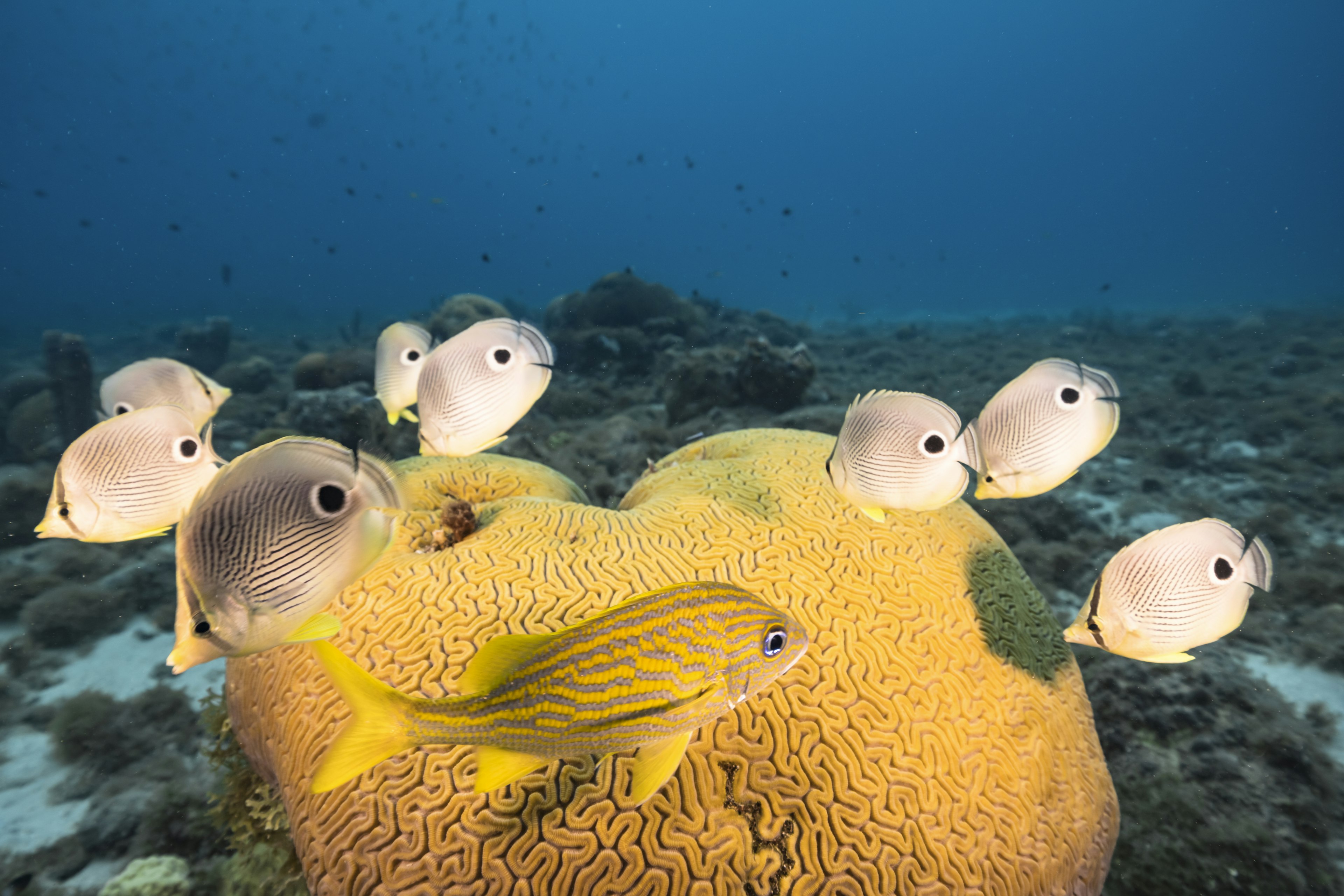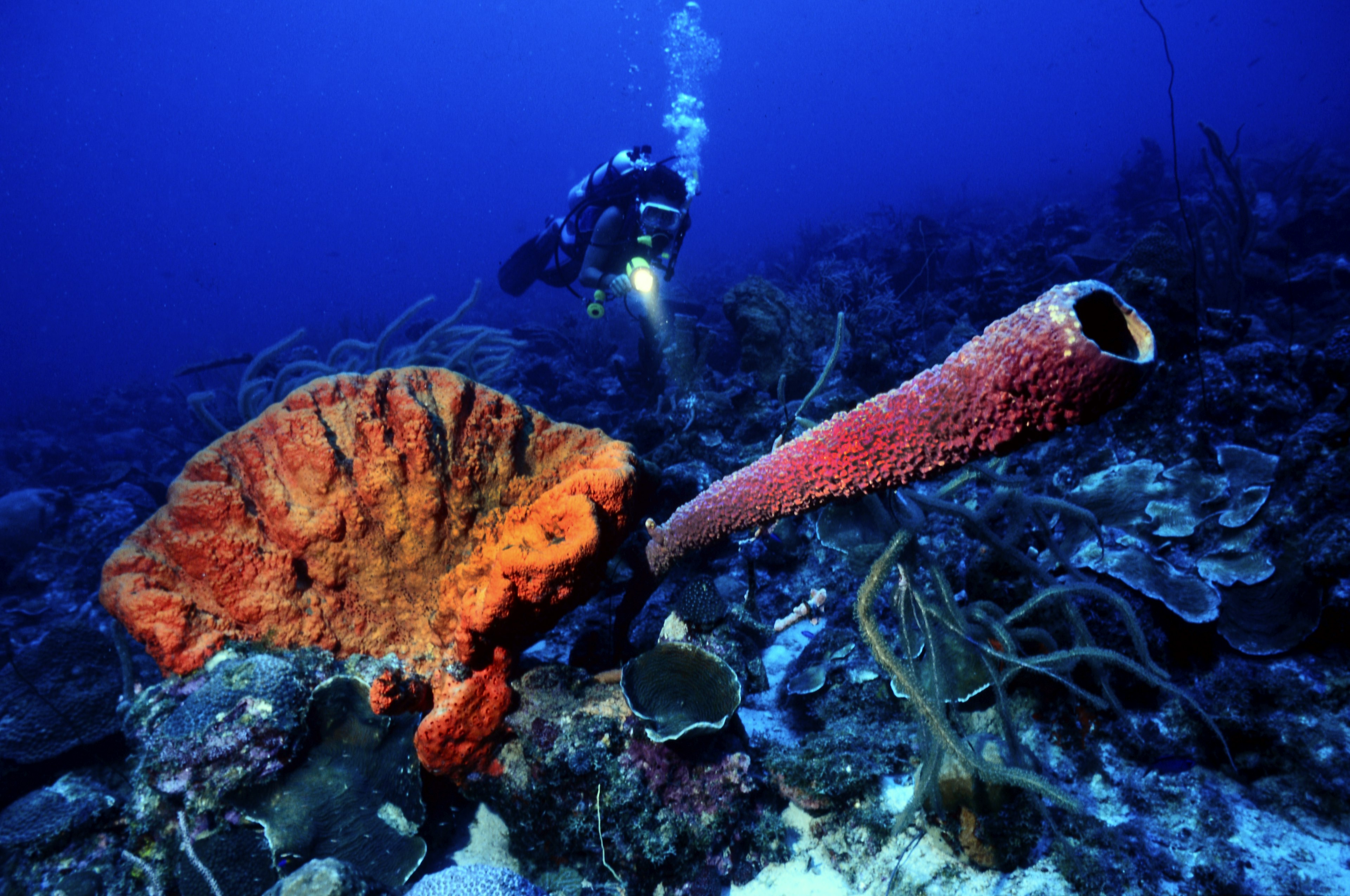Since 1933, drive-in cinemas have turned the automobile into a private theater box, allowing moviegoers to catch a film under the stars. At the height of the drive-in craze, there were more than 4,000 drive-ins across the US. Although there are fewer than 300 left, their nostalgia factor continues to draw crowds.
Are you heading to a drive-in for the first time? There are a few things you should know beforehand.
-
Check the theater’s website for current rules on parking and concessions, and stay close to your car.
-
Turn off your lights to avoid distractions, and arrive early if you want a prime spot.
-
Support the theater by buying concessions rather than bringing your own, as outside food isn’t usually allowed (although some theaters offer permits).
-
Drive-ins operate rain or shine, so prepare for any weather and you might want to bring a battery-powered radio to avoid draining your car battery.
-
Carry cash, as many family-run theaters don’t take credit cards.
With those tips in mind, you’re ready to plan your trip to one of these twelve best drive-in theaters in the US.

1. Big Sky Drive-in, Wisconsin
Wisconsin Dells is best known for its water parks, but Big Sky Drive-in on Route 16 is a worthy addition to the lineup of local attractions – it’s open daily from Memorial Day to Labor Day. Their homemade sloppy joes are a unique and delicious concession offering.
Planning tip: This drive-in is cash only, so bring enough to cover admission ($10 for adults, $5 for 11 and under and free for babies under 2) and food with you.
2. Stardust Drive-in, Tennessee
Middle Tennessee residents love this theater in sleepy Watertown, an easy 20-30 minute drive from Nashville. Two screens show dual double features nightly during the summer, but you must choose one screen and stay there. Come early and spend the afternoon browsing the shops in Watertown’s small but lovely square, or visit on Labor Day weekend for a themed triple feature.

3. Hull’s Drive-in, Virginia
Many drive-ins are family-owned, but Hull’s is the first community-owned drive-in in the USA. Run by volunteers called “Hull’s Angels,” the theater is open from March to October and is an entertainment highlight of the quirky Shenandoah Valley. Old-fashioned speakers on poles still mark each spot, although you can also listen to the films via your FM radio.
4. Finger Lakes Drive-in, New York
The oldest drive-in in New York state, located near Auburn, has entertained Finger Lakes-area residents since 1947. A charming retro marquee welcomes visitors to the single screen, which plays double features nightly during the summer. Concession stand prices start at $3 for small popcorn and candy items.
5. 66 Drive-in, Missouri
One of the few drive-ins remaining on the US’s storied Route 66, the 66 Drive-In in Carthage, Missouri, is open from April to September. This theater is even more kid-friendly than most drive-ins: children under five are free, and they only book family-friendly double features. Admission must be paid in cash, but debit/credit cards are accepted at concessions.
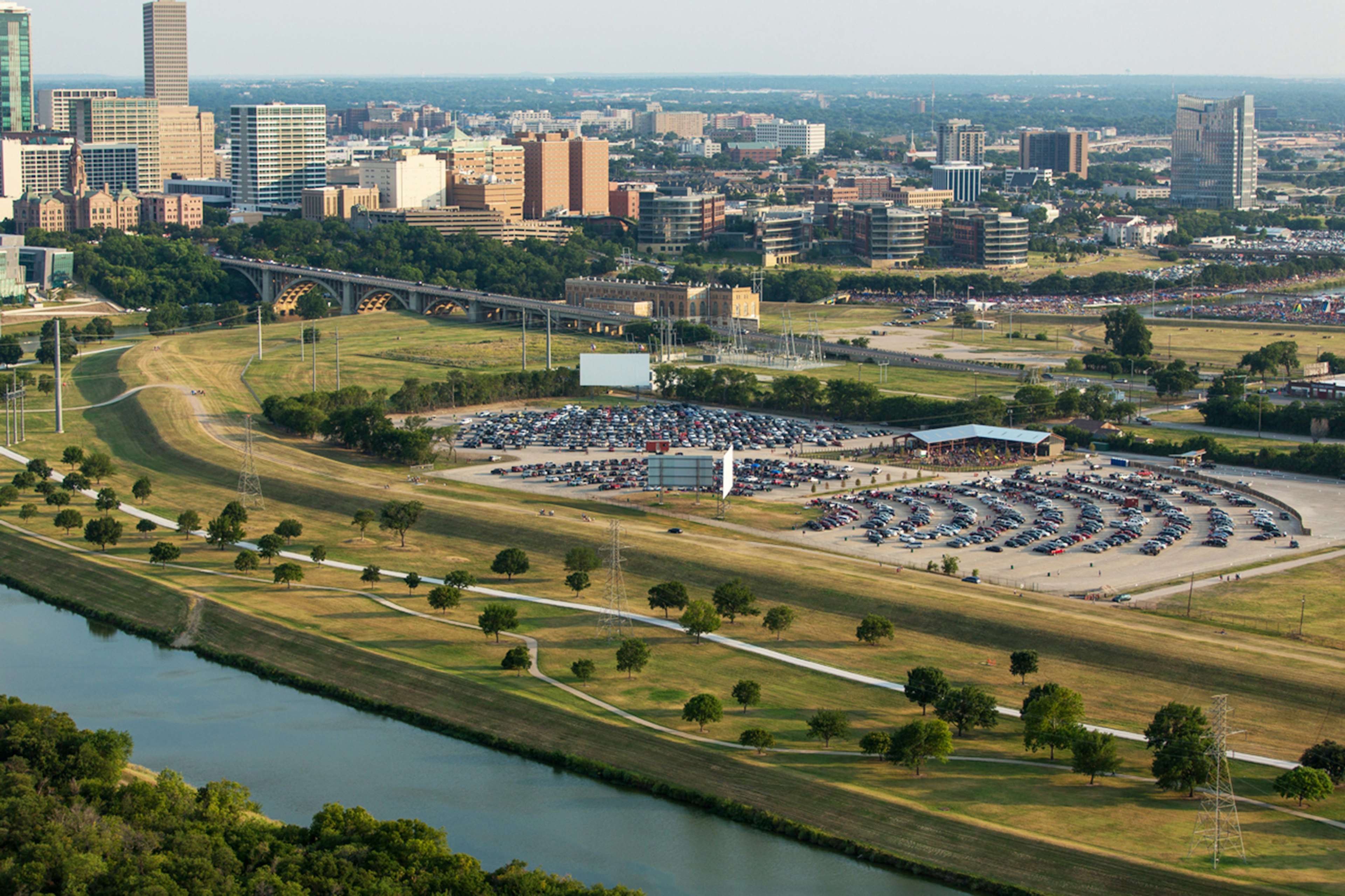
6. Coyote Drive-in, Texas
It’s rare for a drive-in to be within the city limits – that’s just one of the standout features of Coyote Drive-in in Fort Worth, Texas. In addition to showing double features on four separate screens, the venue hosts special events and has a full canteen-style menu with wine and beer that can be delivered to your vehicle. While you wait for the show to start, let your kids run around the playground, play arcade games or listen to live music.
7. 99W Drive-in, Oregon
Outside Portland in Newberg, this family-run drive-in has drawn crowds since 1953. Watch for the vintage concession reel that plays between the double feature. Even though 300 cars can fit in front of the single screen, shows at 99W frequently sell out during the season, especially at the height of summer.
Planning tip: go on Sunday night for a smaller crowd.
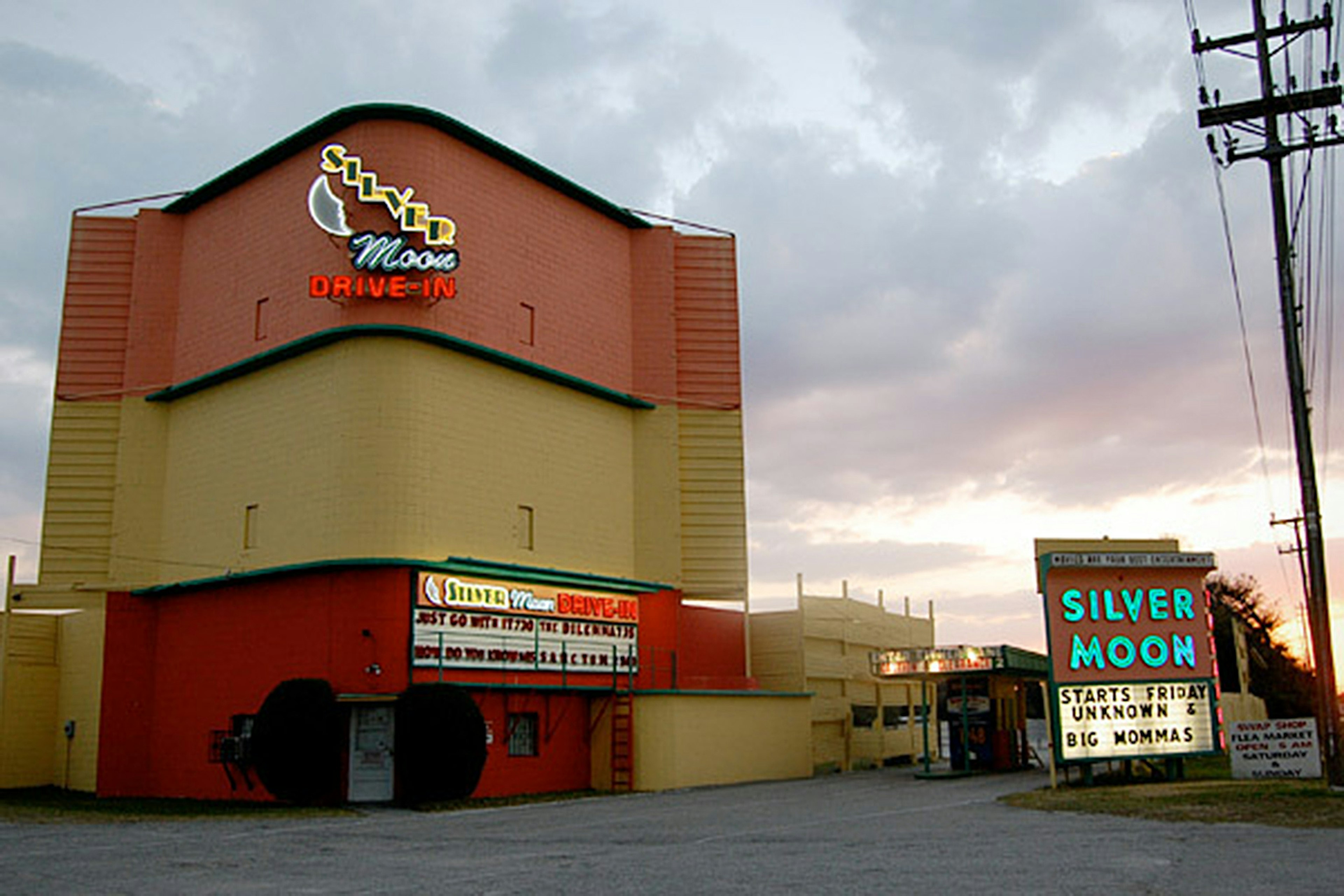
8. Silver Moon Drive-in, Florida
This double-screen drive-in has been operating for over 75 years and is conveniently located about halfway between Tampa and Orlando in Lakeland, Florida. Unlike other theaters, Silver Moon offers double features seven nights a week. The snack bar features homemade pizza and Budweiser beer.
Planning tip: if you’re going on a Saturday or Sunday night, don’t miss the flea market that fills the theater venue during the day.
9. Highway 21 Drive-in, South Carolina
The balmy, humid summer nights in the Lowcountry might be the perfect drive-in theater weather. Highway 21 Drive-in in Beaufort, South Carolina, is open Thursdays-Sundays year-round and shows double features on three screens, one of which was new as of 2022. The concession stand serves root beer floats, funnel cakes, sno-cones and the usual pizza/hot dog fare. The theater shows the occasional repertory film as well as new releases.
10. Bengie’s Drive-In, Maryland
If you’re looking for drive-in bragging rights, go to Bengie’s in Maryland, which claims the largest drive-in screen in the USA. About 30 minutes from Baltimore, this theater is in a quiet spot near the shore, not far from Dundee Creek (tie in your movie night with a visit to Marshy Point Nature Center).
Planning tip: When you purchase tickets, you must know the height of your vehicle. You must have at least two people per vehicle and pay an extra $20 to bring your own food and drink.

11. Shankweiler’s Drive-In, Pennsylvania
As the oldest drive-in theater in America, Shankweiler’s in Orefield, Pennsylvania, has been charming moviegoers since 1934. This single-screen theater shows double features every night and is open spring through fall. It’s accompanied by a concession stand offering the usuals, like popcorn, soft pretzels and chili cheese dogs. Admission is $12 for adults and $8 for children under 12.
12. The Wellfleet Drive-In, Massachusetts
The last drive-in open on Cape Cod in Massachusetts, the Wellfleet Drive-In combines coastal charm with classic drive-in appeal. Open from May through September, the complex also hosts a mini-golf course and a dairy bar with ice cream. A bit pricier than other drive-ins, the Wellfleet charges $15 per adult and $10 for kids 4-11.
You might also like:
An empty European airport has turned into a drive-in movie theatre


